So you’ve heard noises in your roof, but you are wondering if it is a possum or rat in the roof? it possums or rats? The best way to tell is to organise a professional pest inspector to visit your home. But here are 9 great tips for working it out yourself.
The Difference Between Rats & Possums
Rat
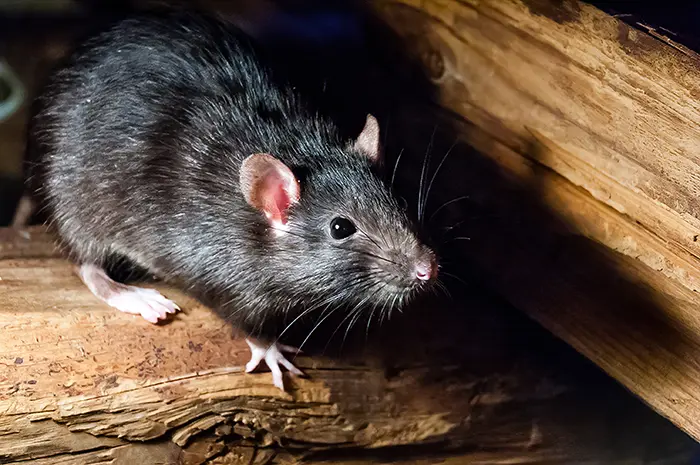
Rats are medium-sized rodents that are larger than mice and have skinny, long, hairless tails. Rats have thin fur that is usually grey or black.
Rats have long, thin tails. Their tails are longer than their entire body.
The two most common types of rats in Australia are the Common Rat (Brown Rat) and the Black Rat (introduced species), although we also have others such as the Canefield Rat.
Rats are also capable of transmitting various diseases.
Possum

Possums are Australian marsupials that were later introduced to other countries. Possums have thick, bushy fur that is usually grey or brown.
Possums have long, bushy tails that are almost as long as their body.
The two most common types of possums in Australia are the Common Brushtail Possum and the Common Ringtail Possum, although there are also other types such as Pygmy Possums.
Brushtaile Possums like living by themselves.
The 9 Ways to Tell if it is a Rat or Possum in Your Roof
1. Noises
Sounds are another way to tell if it’s a possum or a rat in the roof. Rat noises can be quite distinctive, as they are known for their scratching, squeaking and scurrying sounds. If you hear these noises in your roof, it is more likely that you have rats.
Possums, on the other hand, are generally quieter than rats. However, if they feel threatened, they tend to hiss or growl. They also make tumping noises. So, if you hear such noises, you may be dealing with a possum.
The time of day can also provide clues about the type of animal in your roof. Possums are primarily nocturnal animals and are most active at night. Rats, on the other hand, are active both during the day and at night but are more likely to be heard at night when the house is quieter.
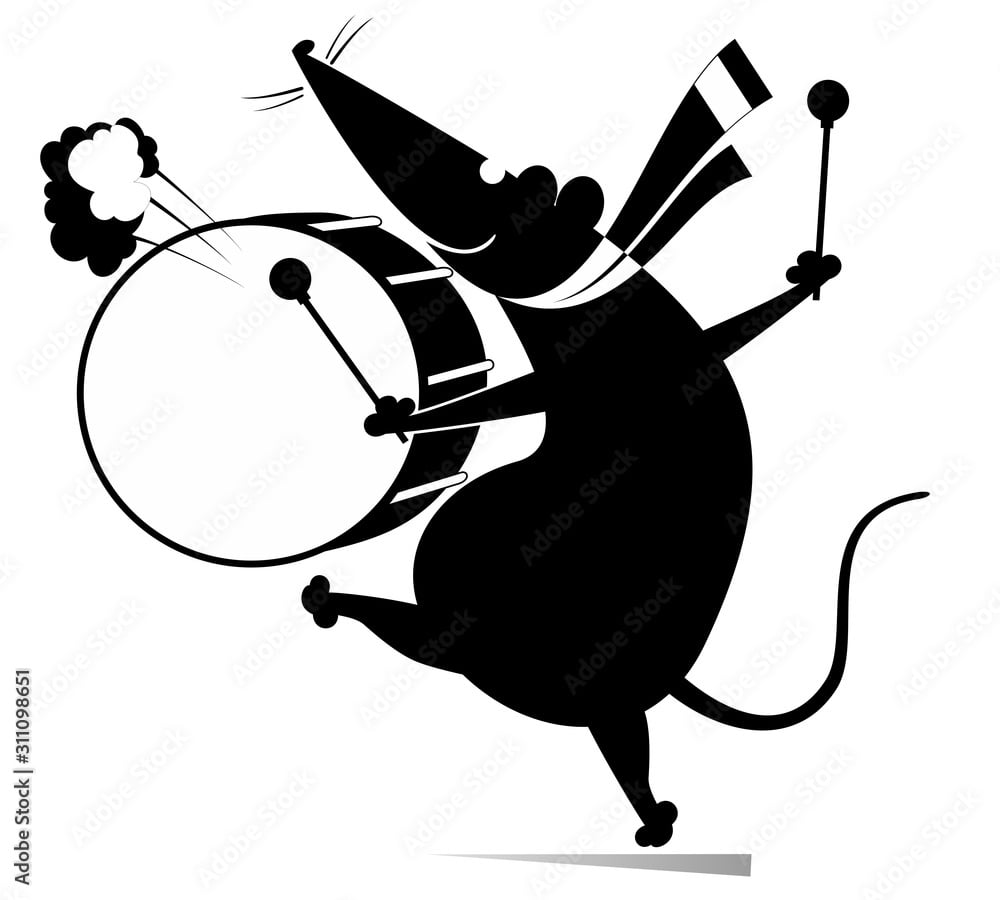
2. Droppings
Both possums and rats leave droppings in the areas where they live. Examining the droppings can give you clues about the type of animal you’re dealing with. Possum droppings are usually brown or black, oval-shaped, and have one end that is pointed. Rat droppings, on the other hand, are usually black, cylindrical in shape, and have blunt ends.
Rat droppings are typically scattered throughout a roof, while possum droppings tend to be found in small clusters around the areas where they sleep.
Size is another factor to consider when examining droppings. Possum droppings are about the size of a small olive, while rat droppings are about the size of a grain of rice.
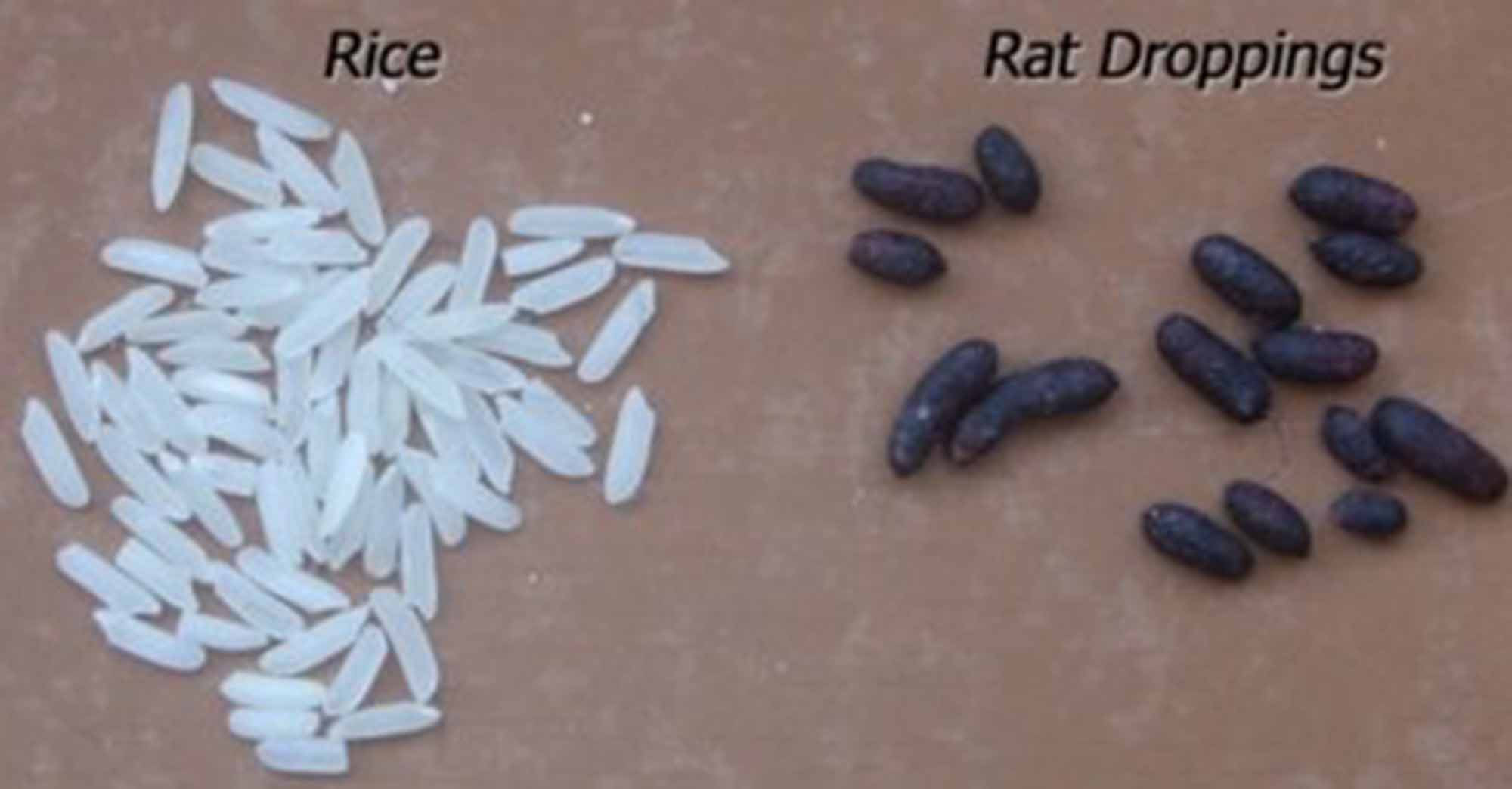
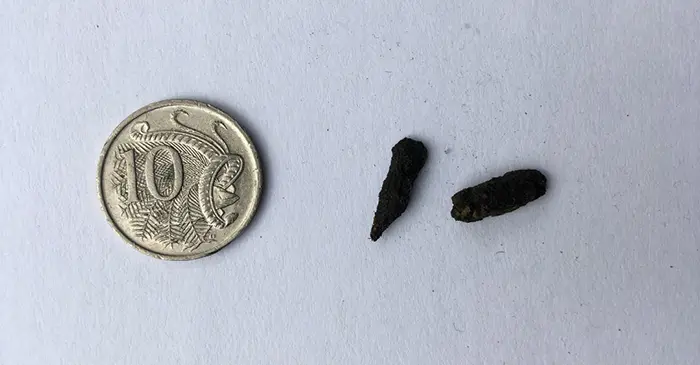
3. Access Points
Possums and rats use different access points to get into a roof cavity.
Possums can climb up walls and trees to gain access to the roof, and they can squeeze through gaps as small as 7cm wide. They can also use overhanging branches or other structures that are close to the roof to jump onto it. Once they are on the roof, they can find entry points such as broken tiles or gaps in the roof eaves.
Although Rats also need access, their entry points can be a lot smaller, lower and often concealed. They can climb up pipes and wires or use trees or shrubs that are close to the roof to get onto it. Rats can also enter a roof cavity through damaged roof vents or gaps around plumbing pipes and other roof penetrations.
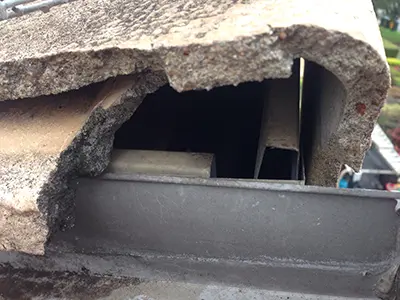
4. Smells
Rats and possums have different smells that can help you identify which animal is living in your roof cavity.
Rats have a distinct musty odor that is often described as smelling like ammonia or urine. This odor can be particularly strong in enclosed spaces like a roof cavity.
In contrast, possums have a musky smell that is often compared to the scent of wet fur or damp leaves. The smell of possums can also be described as earthy or slightly sweet.
5. The Apple Test
A simple way to determine whether the animals in your roof cavity are possums or rats is by placing an apple just inside the ceiling manhole. In the morning, check to see whether the apple has been completely consumed or mostly eaten.
If it has, it is likely that you have possums, as they are known to consume fruits and vegetation.
However, if the apple has only been gnawed with lots of teeth marks, it is more likely that you have rats or mice, as they have a diet that mainly consists of seeds, grains, and proteins.
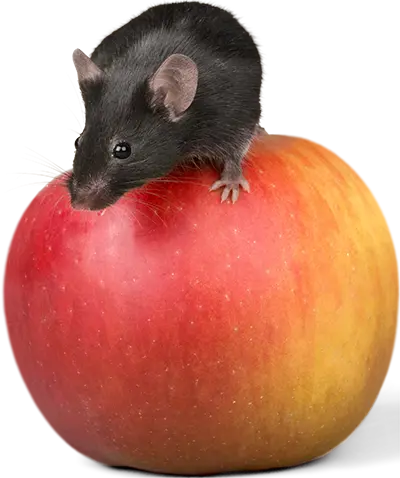
6. Movement Patterns
You can hear the different movement patterns of rats and possums, which gives you another way to tell which animal is in your roof.
Rats tend to move quickly and erratically, with a scurrying or scratching sound that is often loud and persistent. Their movements may also include gnawing or chewing sounds as they search for food or create nests.
In contrast, possums move more slowly and deliberately, with a soft, thumping sound that is less persistent than the scratching sounds of rats. They may also hiss or growl if they feel threatened.
Furthermore, possums are primarily active at night, whereas rats may be heard during both the day and night.
7. Nesting Behaviour
Rats and possums have different nesting behaviors.
Rats typically build nests from soft materials, such as fabric or schredded paper, in concealed areas like behind walls or in roof cavities. They create multiple nests for protection and often return to previous nests to make repairs or add to them. Rats prefer to nest in warm, dry areas and will use materials like shredded paper or insulation to create comfortable nests. They will often hoard food in their nests as well.
Possums, on the other hand, do not build elaborate nests. They are arboreal animals and prefer to sleep in trees or in elevated locations like roof cavities. Within a roof cavity, Possums, on the other hand, are less likely to create elaborate nests, but may use leaves, twigs, grass, or other natural materials to create a simple nesting spot. Possums may move between multiple sleeping locations and will often return to the same locations repeatedly.
8. Damage Caused
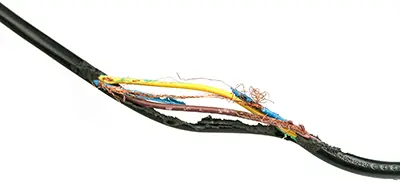
Rats and possums can cause different types of damage in roof cavities.
Rats are known for their gnawing behavior and can cause damage to electrical wires, insulation, and building materials like wood and plasterboard. They can also chew through pipes and plumbing, causing leaks and water damage. Additionally, rats can leave behind droppings and urine, which can create unpleasant odors and pose health risks. Rats are hard to get rid of, but we can help.
Possums, on the other hand, are less likely to cause structural damage but can still create problems in roof cavities. They can rip up insulation to use as nesting material, creating holes and exposing the underlying structure. Possums can also create unpleasant odors and leave behind droppings and urine, which can attract other pests like cockroaches and ants.
9. Reactions to Your Presence
Rats and possums in your roof cavity tend to react differently when they hear you or other people in your home.
Rats are generally more skittish and secretive. They are likely to retreat to their hiding places and be quiet as soon as they hear human activity. They are quick and agile, so they can easily dart back to their nests without being seen. They then resume their activities after awhile.
Possums, on the other hand, tend to only pause their activity briefly. Once they determine there is no threat, they very quickly (within minutes) resume their activities, such as chewing or making noise.
Possum or Rat in Roof? In a Nutshell
- Possums and rats make different noises
- Their droppings are different sizes and shapes, plus they are positioned differently
- Possums and rats use differently sized access points, with rats’ access points often being hidden
- Rats and possums give off different smells
- Leave an apple in the roof and it will be left in a different state depending on whether rats or a possum were eating it
- You will hear different movement patterns as possums and rats move differently
- Rats and possums have different nesting behaviours
- Possums and rats tend to cause different types of damage within your roof cavity
- They each react to your presence differently
FAQs
How do I know if I have rats or possums in the roof?
The surest way to tell is to book a professional pest inspector to have a look. But there are nine simple ways you try to check for yourself.
What do rats in the ceiling sound like?
Rats in the ceiling can make a variety of sounds that can be quite loud and noticeable. Some common sounds that rats in the ceiling might make include:
- Scratching: Rats have sharp claws and they use them to climb and move around in the ceiling. Scratching sounds may be heard as they climb, scurry, or move about.
- Scurrying: Rats are quick and agile, and they can move around quickly in the ceiling. Scurrying sounds may be heard as they move from one part of the ceiling to another.
- Chewing: Rats can gnaw on wood, wires, and other materials in the ceiling to create nests or gain access to food sources. Chewing sounds may be heard as they work to create holes or burrow into the ceiling.
- Vocalizations: Rats can make a variety of vocalizations, including squeaks, chirps, and chattering sounds. These sounds may be heard when rats are communicating with each other or expressing fear or distress.

